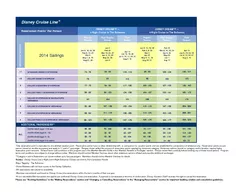PPT-Services PP #2 Why are consumer services distributed in a regular pattern?
Author : ximena | Published Date : 2023-11-04
Consumer services and business services do not have the same distributions Consumer services generally follow a regular pattern based on size of settlements Larger
Presentation Embed Code
Download Presentation
Download Presentation The PPT/PDF document "Services PP #2 Why are consumer services..." is the property of its rightful owner. Permission is granted to download and print the materials on this website for personal, non-commercial use only, and to display it on your personal computer provided you do not modify the materials and that you retain all copyright notices contained in the materials. By downloading content from our website, you accept the terms of this agreement.
Services PP #2 Why are consumer services distributed in a regular pattern?: Transcript
Download Rules Of Document
"Services PP #2 Why are consumer services distributed in a regular pattern?"The content belongs to its owner. You may download and print it for personal use, without modification, and keep all copyright notices. By downloading, you agree to these terms.
Related Documents














